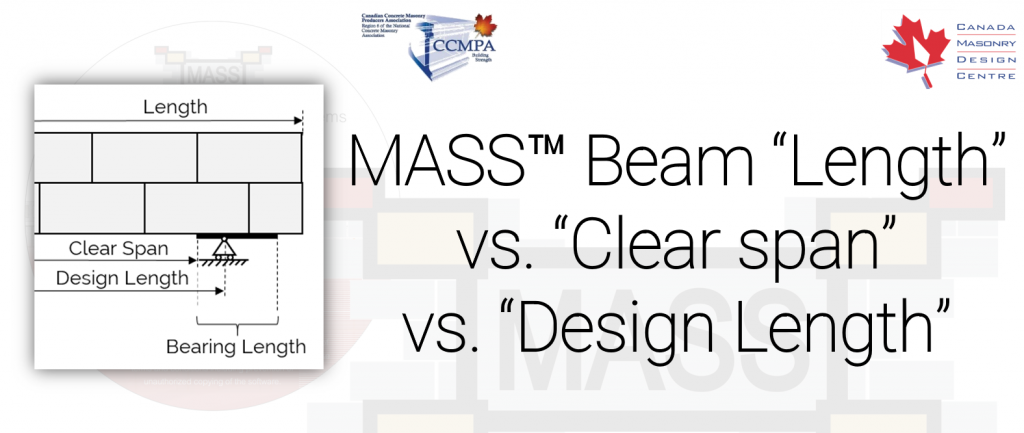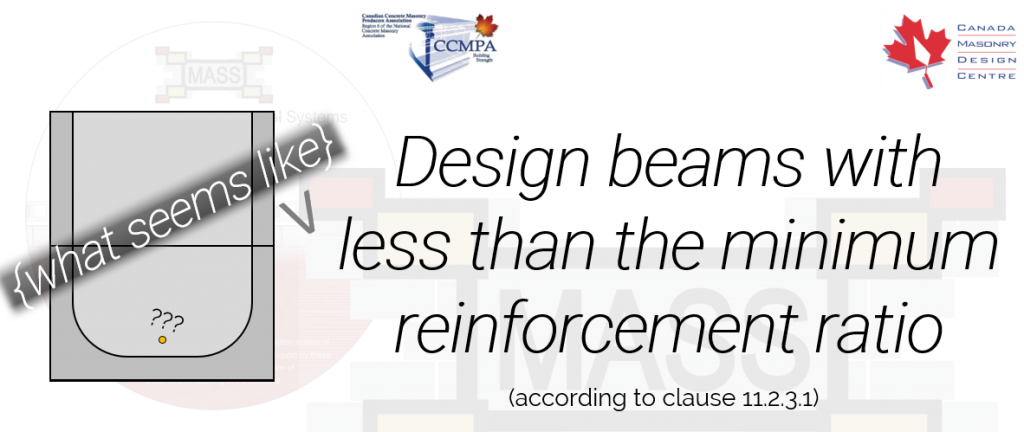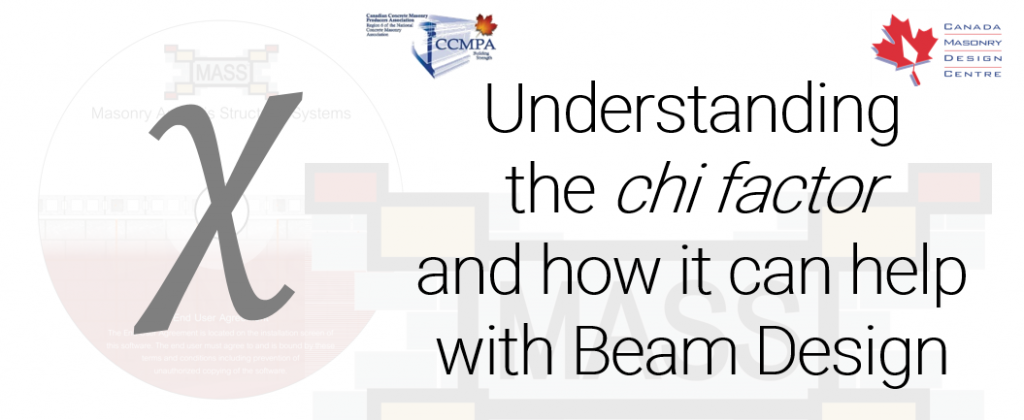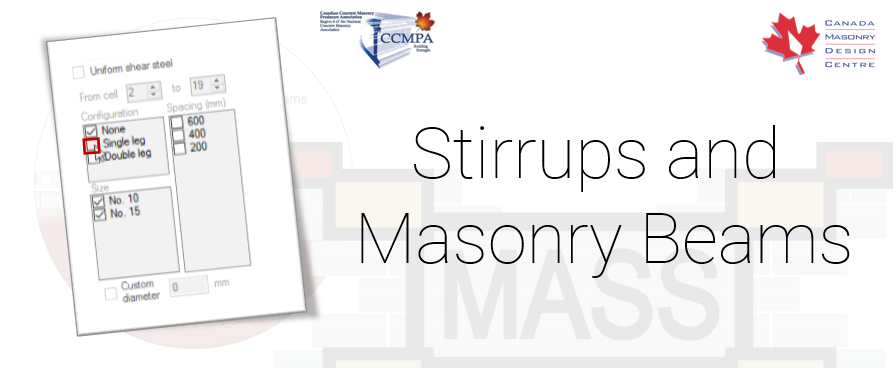
Latest Software Blog Posts
Change Notification: Lambda Values for Beam Density and Shear

Deviating from the CSA Standards to better reflect practical design
While the existing implementation for MASS Versions 3.0 and 4.0 is most correct to the strict S304 clause, MASS support has decided to change the implementation to better reflect realistic design scenarios.
A type C masonry unit must have a density between 1700 kN/m3 and 1800 kN/m3 to qualify. If designing using one of these units, most engineers would use the upper bound from within this range for design calculations such as self-weight, factored moment and shear in order to air on the side of conservatism. MASS takes the same approach to try and mimic this approach so as a result, each masonry unit type has a density equal to the largest possible value.
An issue specific to beam design is a shear equation modifier taking density into account where different values are specified based on density and for the case of Type C units where a density of 1800 kg/m3 is used internally for all calculations up to this point, CSA S304-14: 11.3.3 clearly stipulates that a lambda factor of 0.85 should be applied.

The issue is that once the density drops below that 1800 kg/m3 value, even by an insignificant amount, lambda also drops down to 0.75.
Consider the default masonry unit database where the Type C Unit uses a concrete density of 1800 kg/m3:
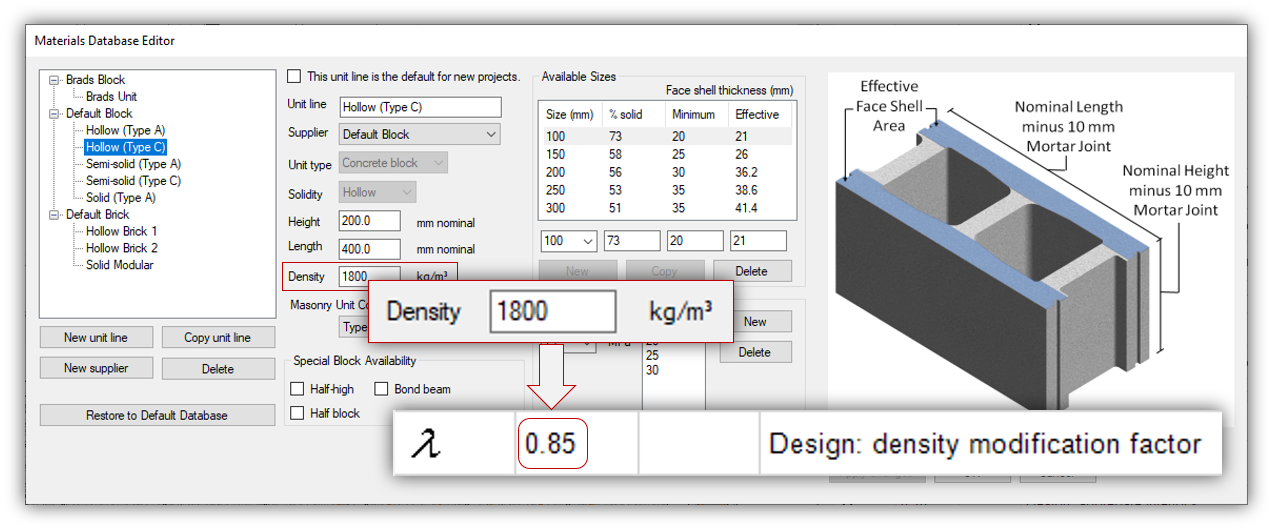
Now if this density is reduced slightly to 1799.999 kg/m3 (less than 1800 is what is significant for CSA S304-14: 11.3.3):

This results in nearly a 12% drop in the shear resistance component coming from the masonry itself (before stirrups are considered).
Thinking back to the masonry unit that would qualify under the Type C designation, having a density between 1700 kg/m3 and 1800 kg/m3, it in all likelihood does not have a density of exactly 1800 kg/m3. As a result should use a lower lambda value for shear calculations, taking this realistic scenario into account.
As a result, the decision was made internally to change the way lambda values are applied for masonry beam shear calculations. While it does technically contradict the CSA standards being referenced, this change was made to more accurately reflect the unit placed in the wall.
Any questions regarding this change! Please do not hesitate to contact MASS technical support.

